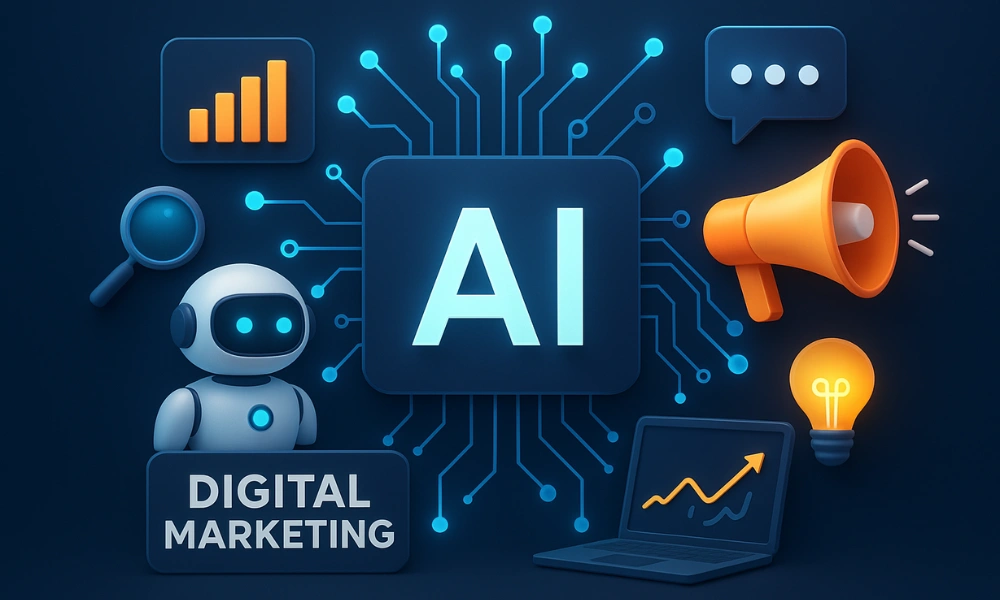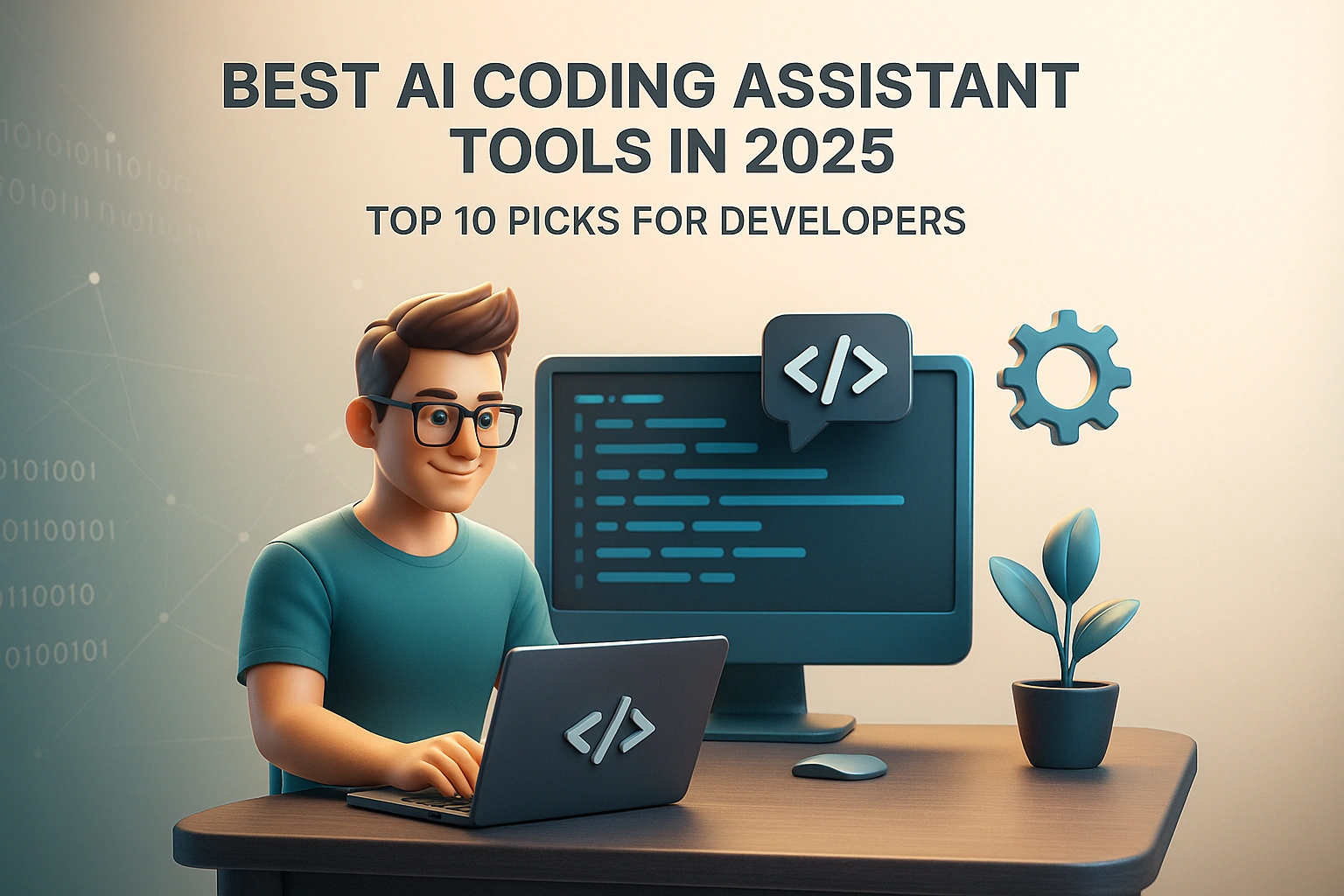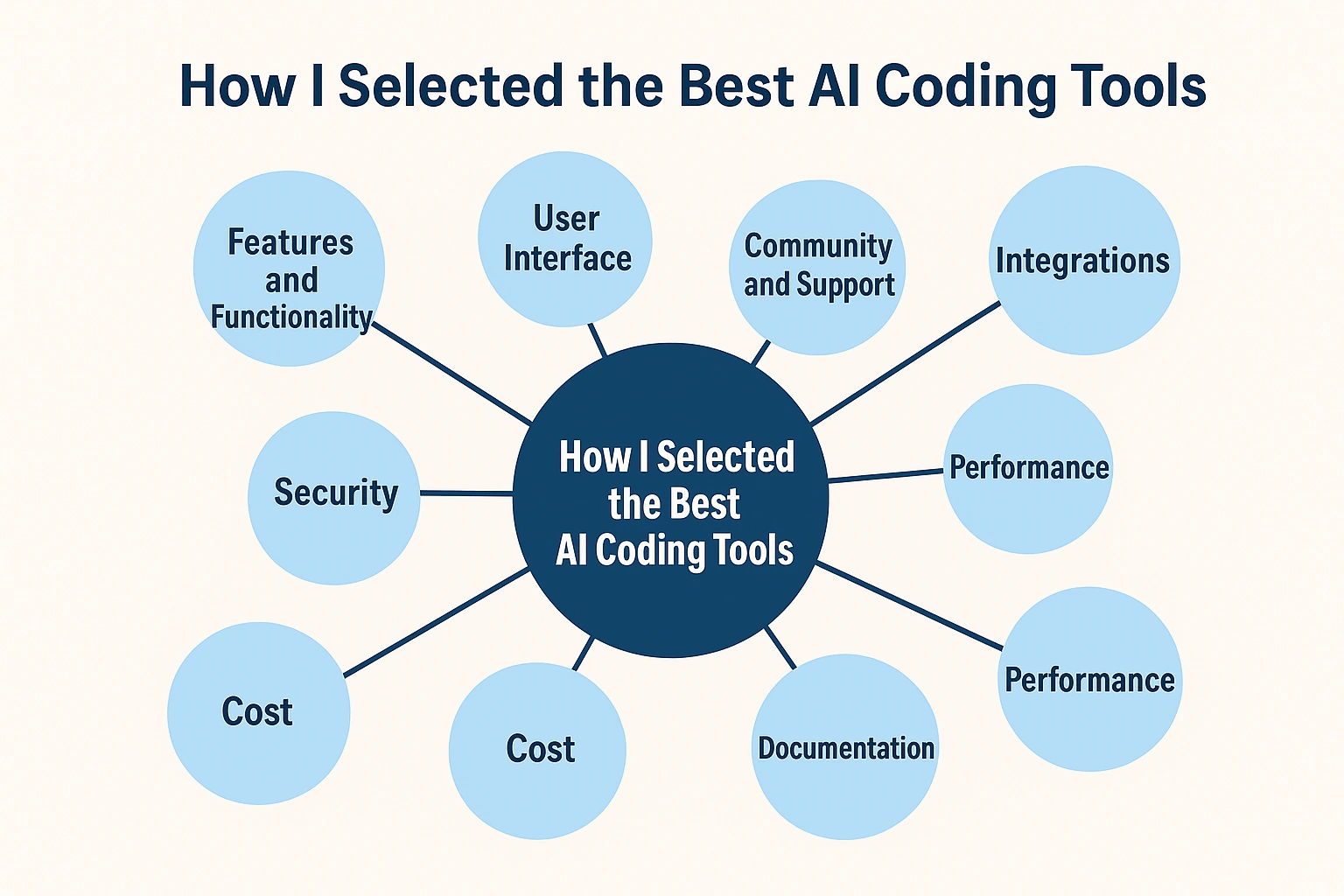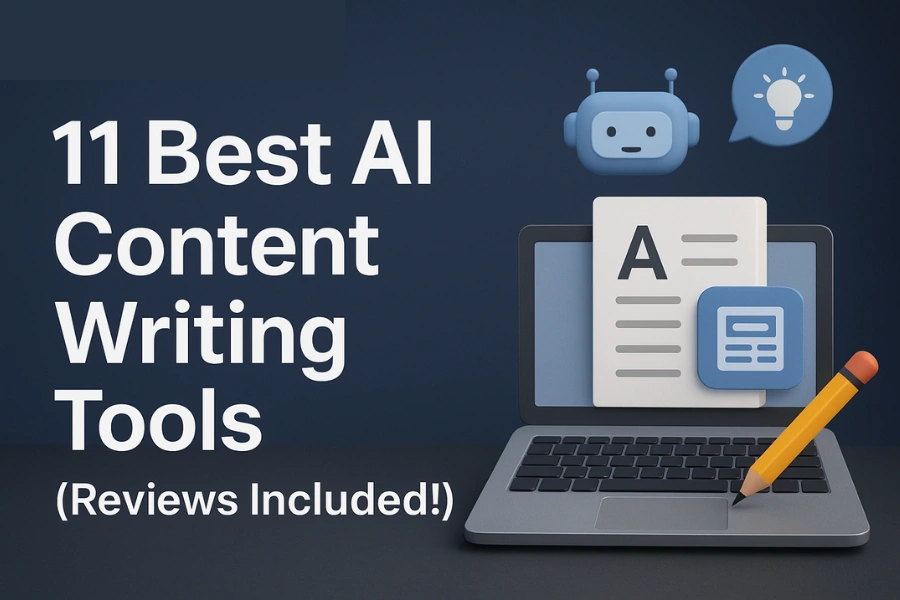
- August 29, 2025
- Top Search
- 3:35 pm

Artificial Intelligence (AI) has changed the way developers write, debug, and optimize code. Today, AI coding assistants are more than sidekicks — they’re essential tools that speed up workflows, reduce errors, and improve collaboration.
But here’s the truth: not all AI tools are equally effective. Some add value, while others slow you down. Having tested many over the years, I created this list of the best AI coding tools by focusing on how well they solve real challenges developers face daily.
Below are the 10 evaluation factors that guided my selection process.

1. Syntax and Language Complexity
Coding errors often come from something as small as a missing semicolon or bracket. When learning new languages, syntax can be especially frustrating. The best AI tools shine by offering real-time syntax suggestions and corrections, making coding smoother and reducing repetitive errors.
2. Debugging and Error Resolution
Debugging is one of the most time-consuming tasks in development. Great AI assistants don’t just highlight bugs — they analyze code behavior and suggest practical fixes. This helps save hours of frustration and allows developers to move faster.
3. Code Efficiency and Optimization
Good code isn’t just functional — it should be clean, efficient, and optimized. The AI tools I picked go beyond generation by offering refactoring suggestions, performance improvements, and alternative implementations that enhance both speed and readability.
4. Seamless Integration and Compatibility
Many projects fail because of integration issues with APIs, libraries, or frameworks. The tools I selected help developers identify compatible resources and reduce time spent fixing conflicts, ensuring smoother workflows.
5. Scalability and Maintainability
Small projects can grow quickly, and poor structure makes them hard to manage. The best AI tools analyze large codebases, suggest improvements, and provide refactoring strategies that ensure long-term scalability and maintainability.
6. Collaboration and Version Control
In team environments, version control conflicts and communication gaps can slow progress. Tools that integrate with GitHub, GitLab, and other collaboration platforms earned their spot on my list because they simplify teamwork and reduce conflict resolution headaches.
7. Meeting Deadlines Without Compromising Quality
Deadlines often push developers to sacrifice quality for speed. The best AI coding assistants balance both by automating repetitive tasks like boilerplate code and unit testing, so developers can deliver faster without cutting corners.
8. Adapting to Rapid Technological Advancements
The tech world evolves rapidly, and keeping up with new frameworks or libraries is a constant challenge. I prioritized tools that act as learning companions, offering up-to-date tutorials, examples, and explanations directly within the coding environment.
9. Improving Documentation and Readability
Readable, well-documented code is essential for collaboration and future updates. These AI tools help by suggesting meaningful comments, clear naming conventions, and auto-generated documentation, making codebases more approachable.
10. Security and Vulnerability Mitigation
Security is a critical concern in modern software development. The AI tools I recommend excel at identifying vulnerabilities, enforcing secure coding practices, and providing early warnings before issues become serious risks.
Final Thoughts
Selecting the right AI coding assistant is about more than flashy features — it’s about addressing the everyday challenges developers face. By evaluating tools across these 10 factors — syntax, debugging, optimization, integration, scalability, collaboration, deadlines, adaptability, documentation, and security — I created a list that actually helps developers in the real world. The best AI coding assistants don’t replace developers; they empower them. With the right tool, you can code faster, debug smarter, and build software that’s not only functional but also scalable, secure, and efficient. In today’s fast-paced development world, having AI on your side isn’t just helpful — it’s becoming essential.
FAQs!
I evaluated each tool based on 10 factors: syntax support, debugging, optimization, integration, scalability, collaboration, meeting deadlines, adaptability, documentation, and security.
Yes. Top AI coding assistants analyze large codebases, suggest scalable solutions, and provide strategies for long-term maintainability.
Yes. Many tools provide tutorials, examples, and contextual guidance, helping developers adapt to new technologies and frameworks efficiently.

Recent Posts:


11 Best AI Content Writing Tools in 2025 (Expert Reviews)


